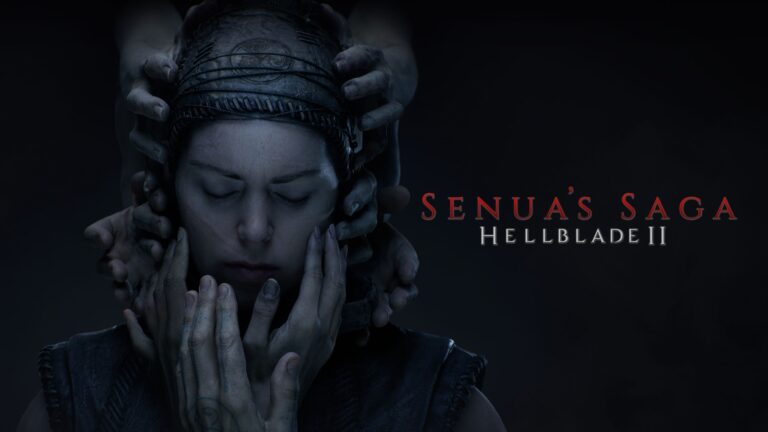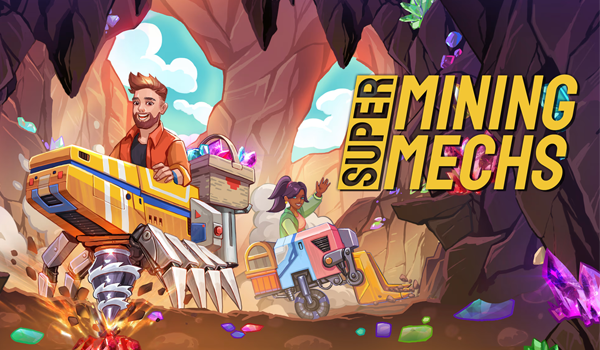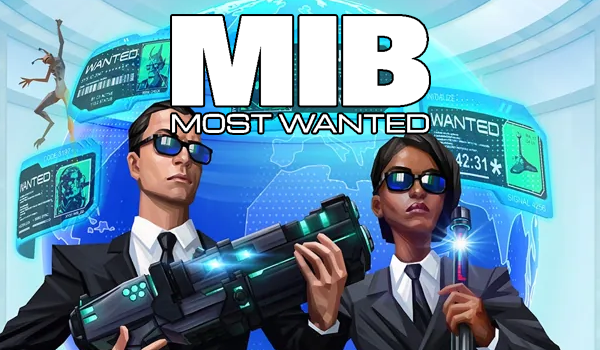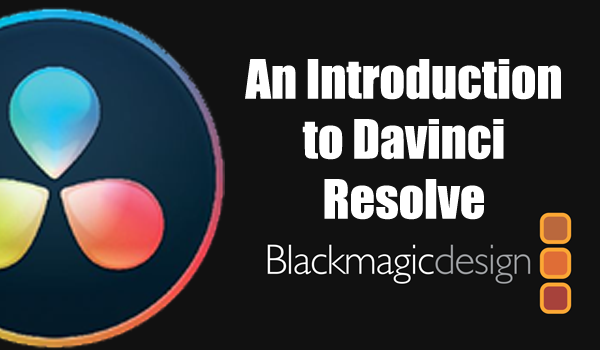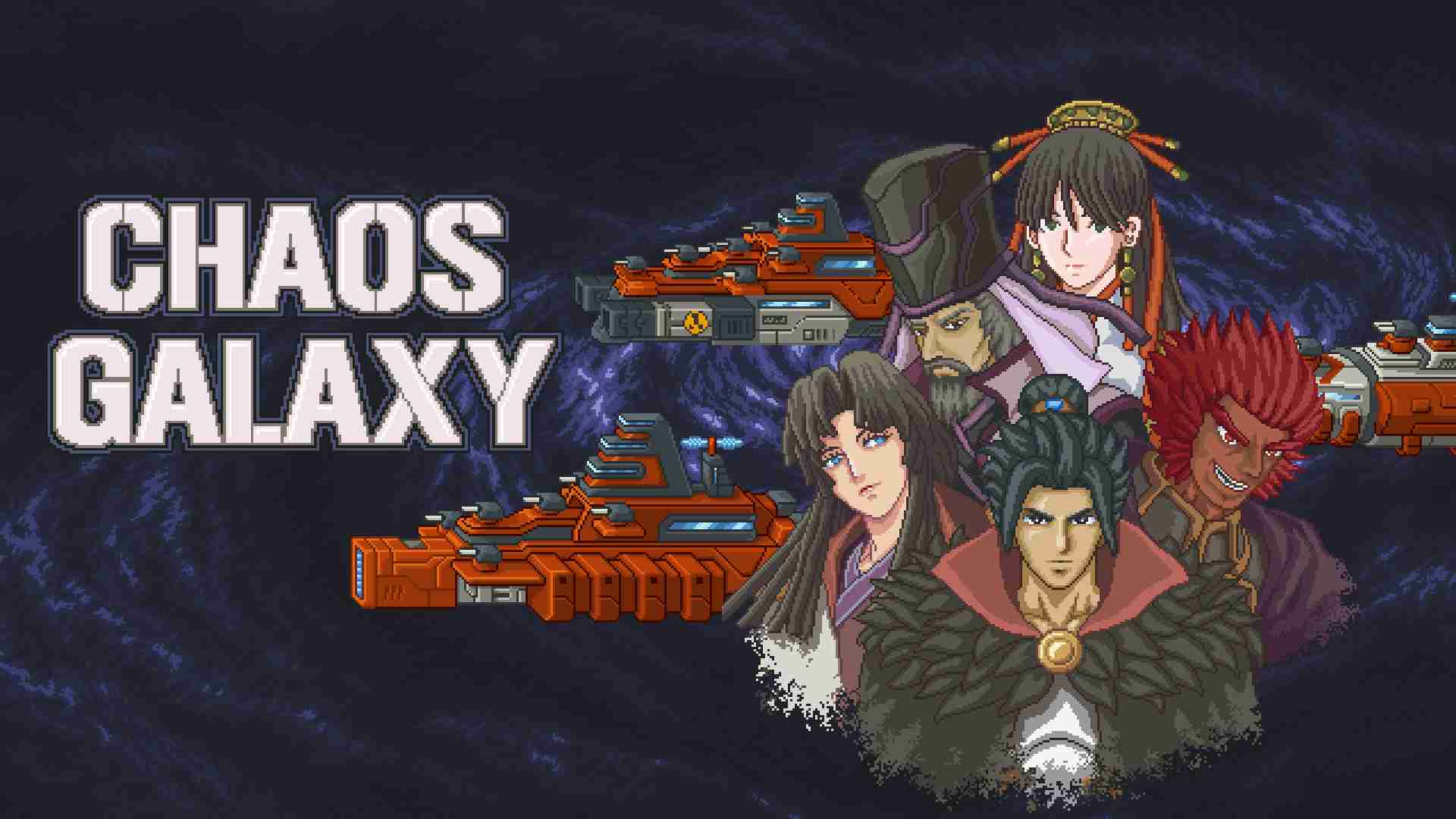
Chaos Galaxy is a 4x lite which pays homage to the 16-bit era of gaming with anime-inspired graphics and banging music, but remove your nostalgia glasses and not all is rosy.
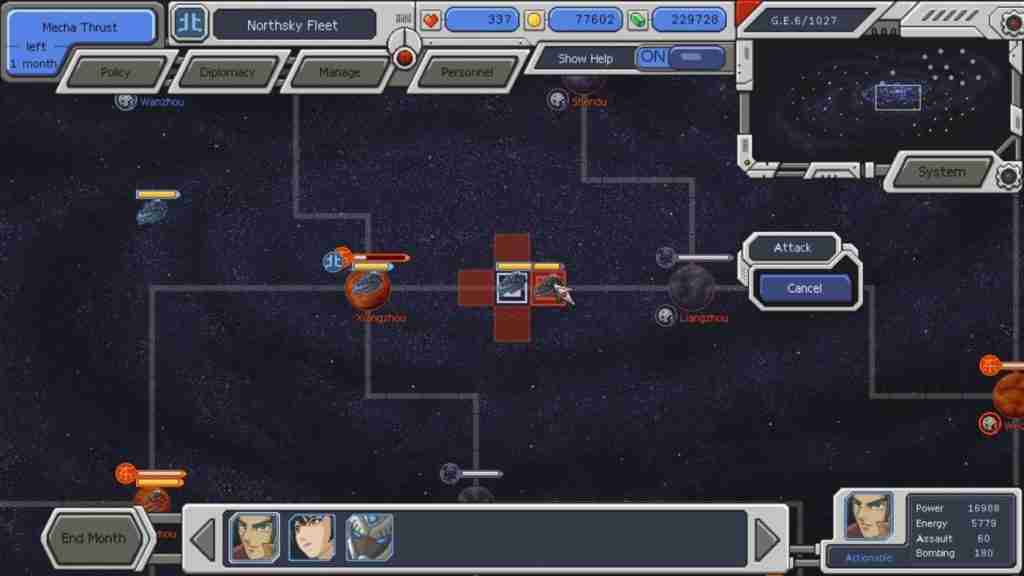
A sequel to the developer’s previous game Chaos Sector, the year is G.E. 1020 which is far into the future and Humankind has taken to the stars. The actions of the previous game have shattered the Galactic Empire and you take control of one of the fourteen factions vying for power to unite the galaxy once more.
These factions have very different goals with detailed backstories to pick from, there are factions still loyal to the empire, pirate factions, trade unions and even a faction that seems heavily inspired by Frank Herbert’s Dune. The main inspiration comes from Romance of the Three Kingdoms with characters designed with the Chinese novel in mind, leading to an interesting fusion of sci-fi and classic.
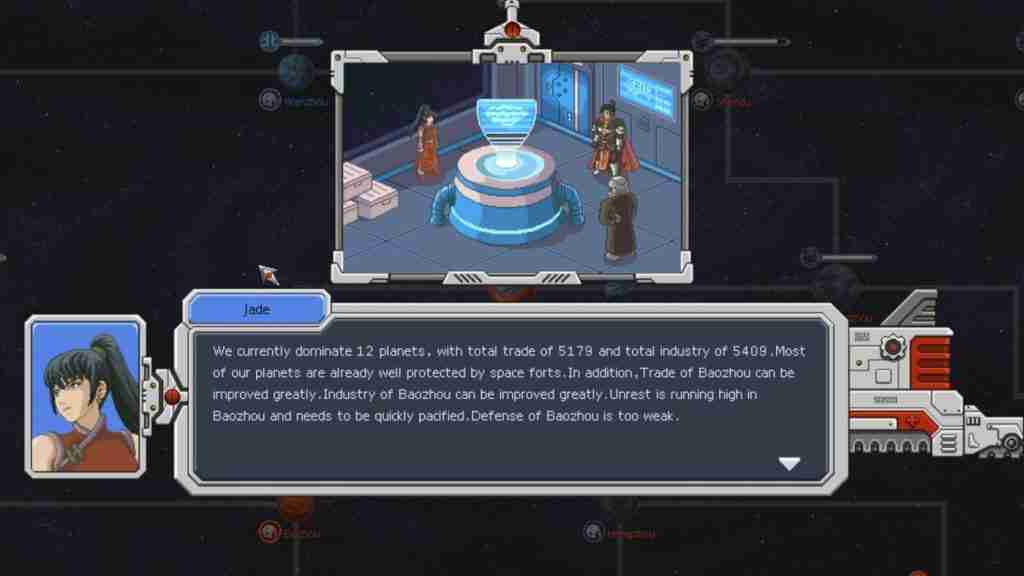
The main game sees you looking over the galaxy map using menus to command your fleet, you begin with 3-4 planets and a set amount of currency to begin. Each turn takes a month and you have a yearly meeting with your generals who lay out a choice of objectives for the coming year. During your turn you command each of your fleets who can recruit or train troops, get into fights with other fleets or capture more planets.
Managing your planets involves investing in trade, industry, quelling uprisings or upgrading defence. We also get basic diplomacy options where we can form alliances, ask for financial aid or declare war. Finally, there are the policy options where the main upgrades are found but take multiple months to implement.
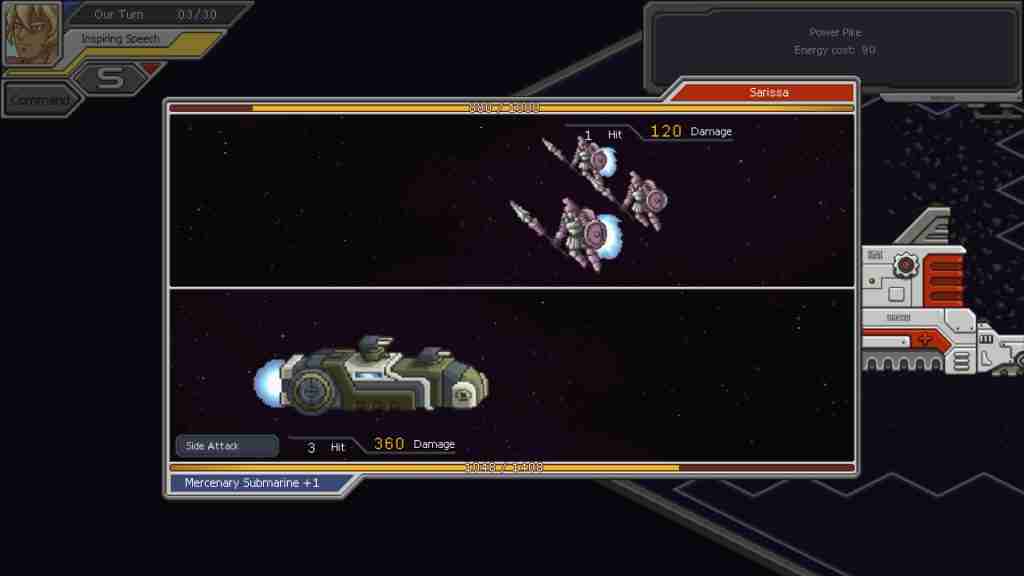
Fleet-to-fleet battles can either be player-controlled or auto-resolved by the computer. If you choose to control you will be taken to a separate tactical screen where you move each of your ships on a grid, each side taking a turn with the limited moves you have available. Your ships available will depend on your choice of faction and upgrade path. These battles often take a lot of time in themselves and more often than not I did opt for the auto-resolve for brevity’s sake.
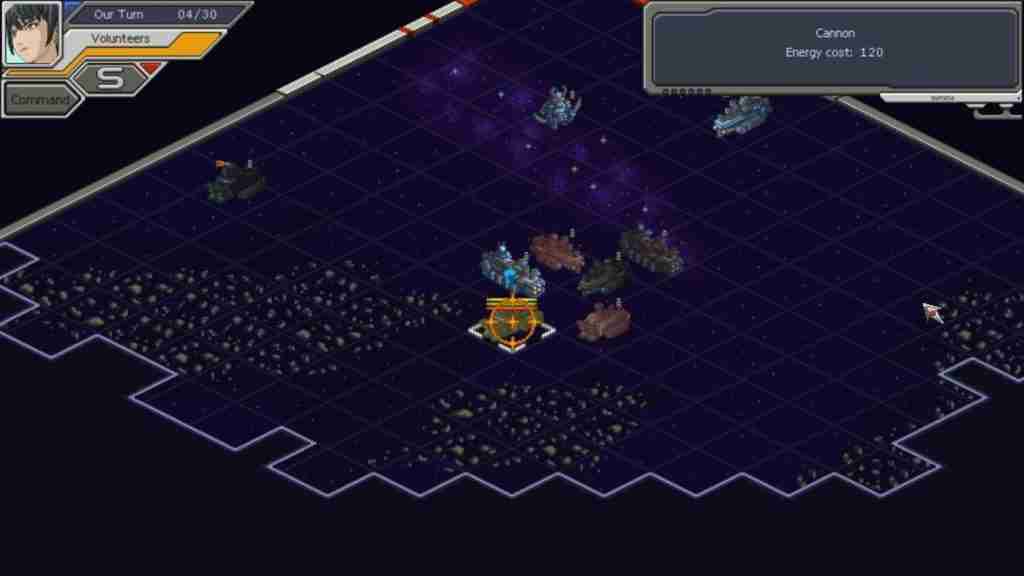
Each of the factions have different victory conditions but most involve complete domination of the galaxy with all other factions either wiped out or subservient to one cause. During the campaign of your choice, other generals will ask to join your cause depending on your prestige, a value that will change depending on your victories or defeats, and with over sixty generals to unlock there is a “catch ‘em all” aspect.
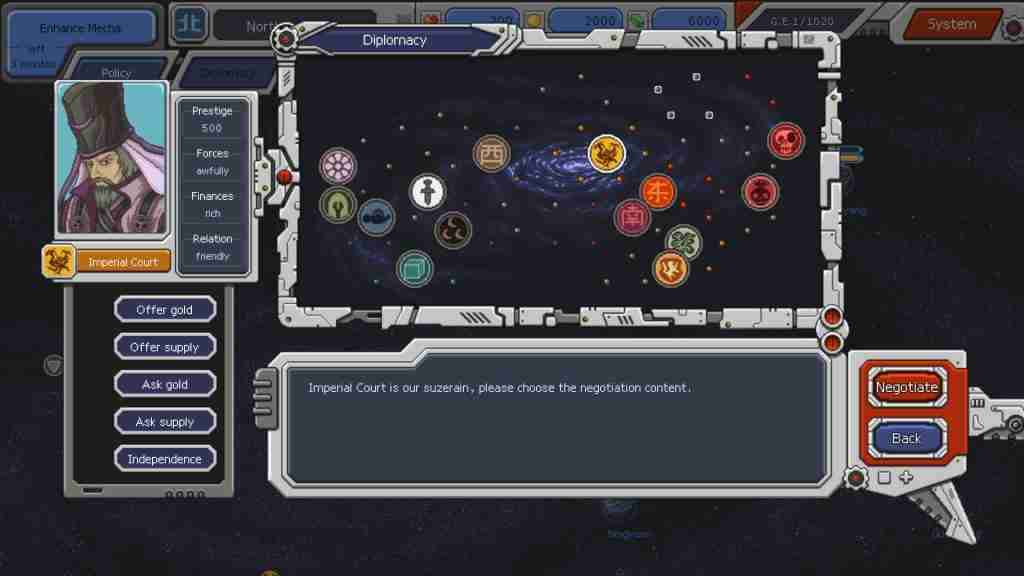
However, I was put in an unwinnable situation during one of my campaigns. Being an Imperial vassal my goal was to wipe out the rebels and pirates to unite all under one flag. Upon achieving this though, the game continued and upon looking at the requirements I was missing the fact that either myself or the Empire possessed fifty worlds.
The worlds were divided between the Empire and the five vassals so no one faction actually held the required amount and no diplomatic options existed to transfer ownership of worlds peacefully. My only option available was to declare independence which automatically puts me in a war with the remaining galactic powers, therefore condemning me to lose.
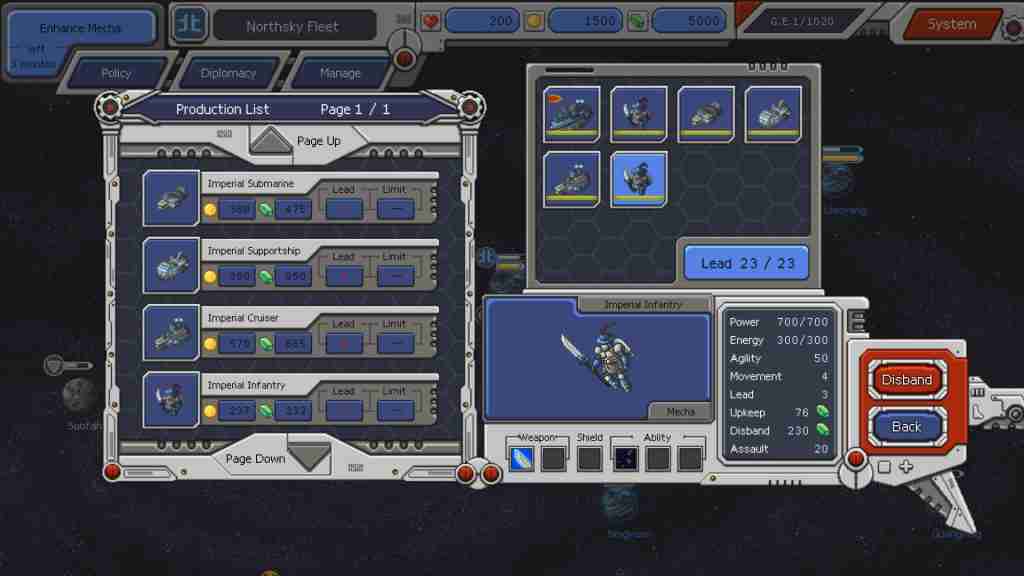
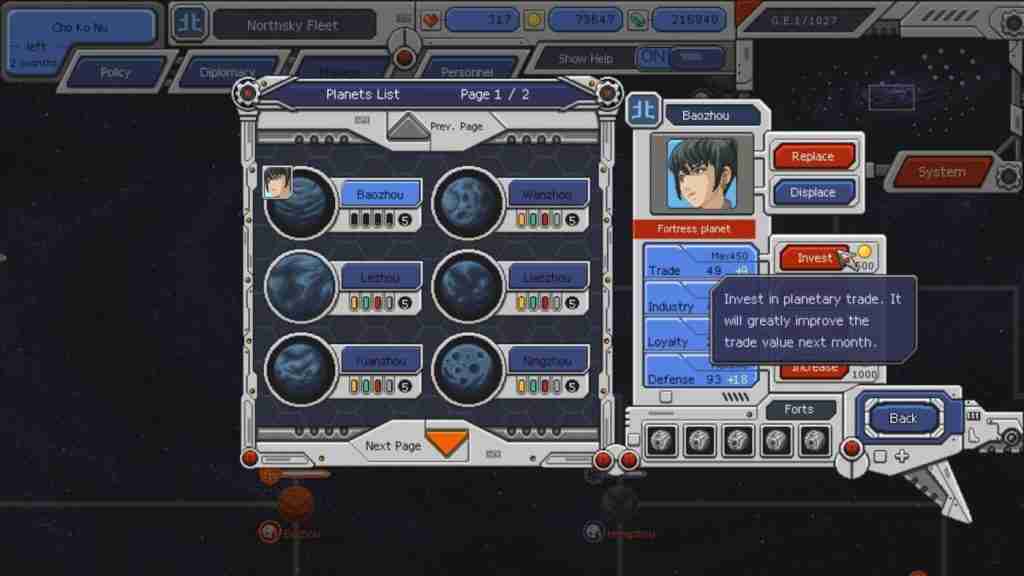
Campaigns also have a random unpredictable nature to them; story twists can suddenly change the direction. For example, I was playing as a faction loyal to the Empire when suddenly a civil war broke out within and I had to pick my loyalties and wipe out the opposite side. During this chaos, an outside faction which had been quiet suddenly starts expanding and becoming another major threat.
While each faction does have unique characters and plot lines, there is a copy/paste feel to a lot of the incidental text. Each faction will utter the same few phrases for the simple command like conquering planets, leaving each faction feeling the same and the urge to spam click the text fast as you’ve seen it so many times. This also led to frustration as clicking the button didn’t always skip the text and it seemed arbitrary what was skippable and what wasn’t. Also, the generals always want to confirm your orders leaving each command to have multiple button inputs.

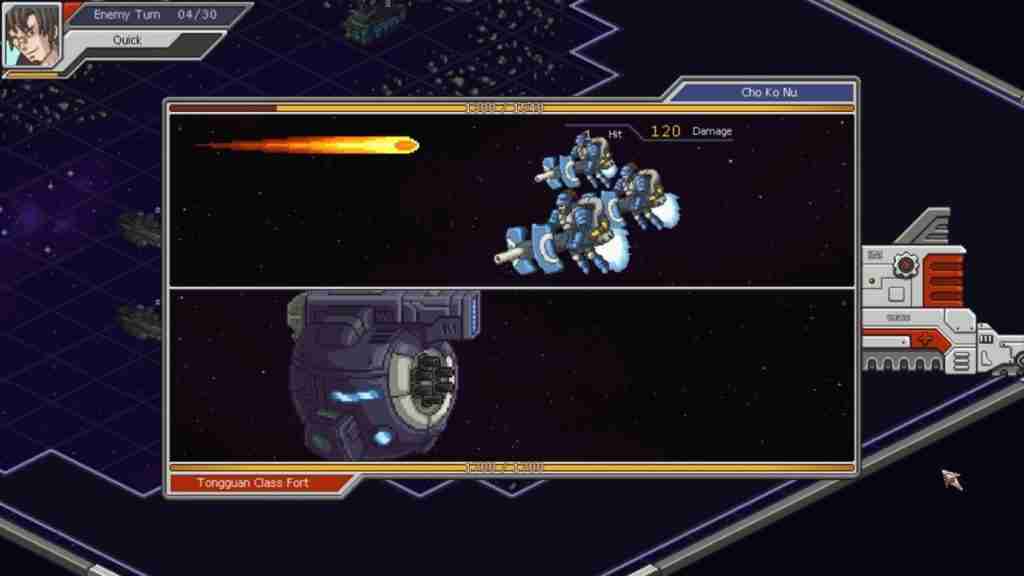
Outside of the game, we do have a collection tab which shows all the different generals we have unlocked and hints on how to unlock others as well as a scene viewer where we can see the various cut-scenes unlocked.
The music is very 16-bit inspired with great anime soundtracks and incidental war themes. Each of the major players have their own sprite work and detailed portraits for conversations and each fleet is uniquely designed with various types of units all recognisable to whatever faction they are from, and when fighting units do display animations of the battle taking place.
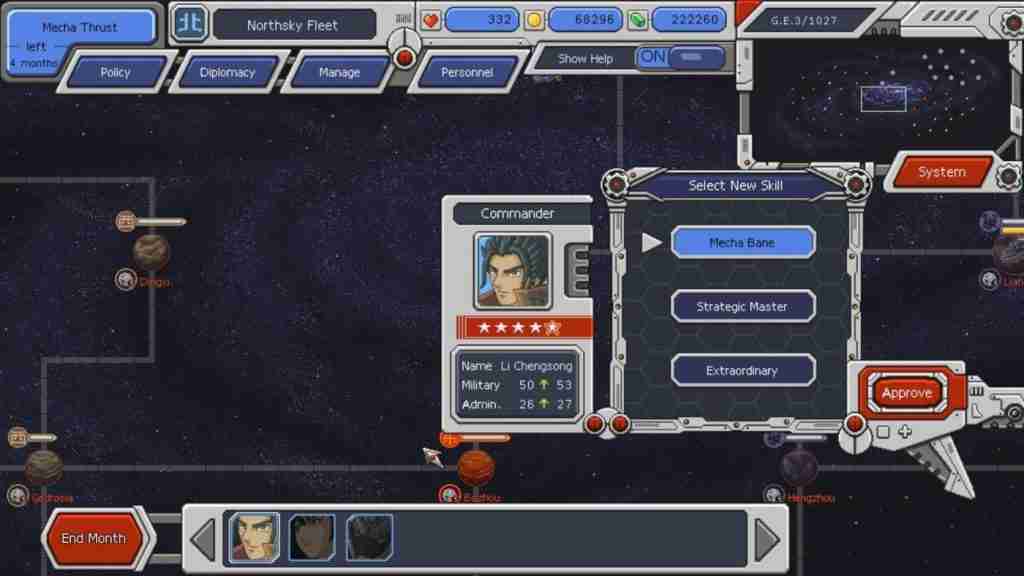
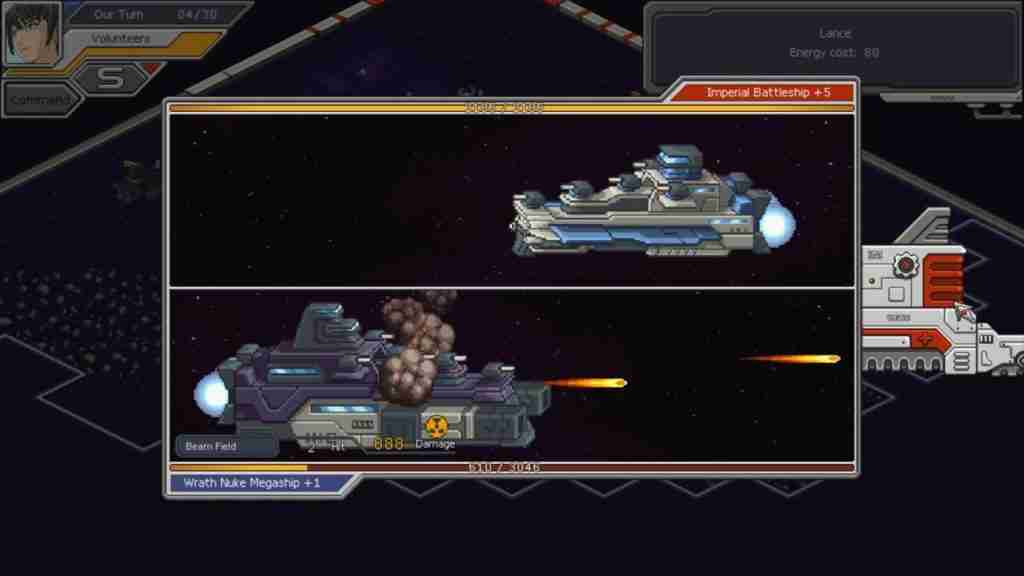
The controls were seemingly directly ported over from the PC version as it’s all menu based with the use of an on-screen cursor which moves at a snail’s pace with no speed options. The directional pad does snap to menu buttons but often not the menu you wanted, adding to the frustration. Thankfully they did implement touchscreen controls which does ease some of this frustration, but this brings with it other problems.
Holding the Switch with one hand so you can constantly tap the screen becomes very uncomfortable and considering games can run for several hours it’s not an ideal solution. Add to this the buttons and text are small in handheld mode and you will be switching between the two control schemes.
This is a shame because there is a competent game here that brings a lot of nostalgia and while the game wouldn’t have been for everyone it is definitely hampered by being a terrible port. If more care had been put into the interface and some button shortcuts added for the console (which it inspired to be) Chaos Galaxy would have been an easy purchase, but as it stands a frustrating experience.

Publisher: eastasiasoft, ChaosGalaxyStudio
Developer: Han Zhiyu, 2P Games
Platform: Microsoft Windows, Nintendo Switch

